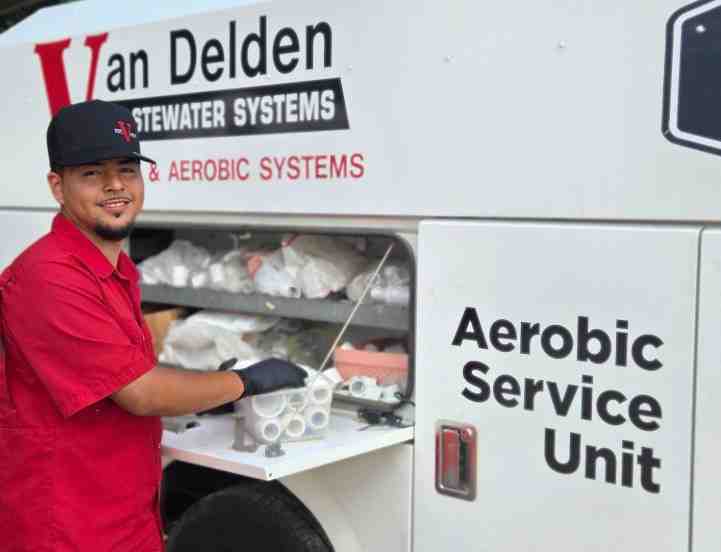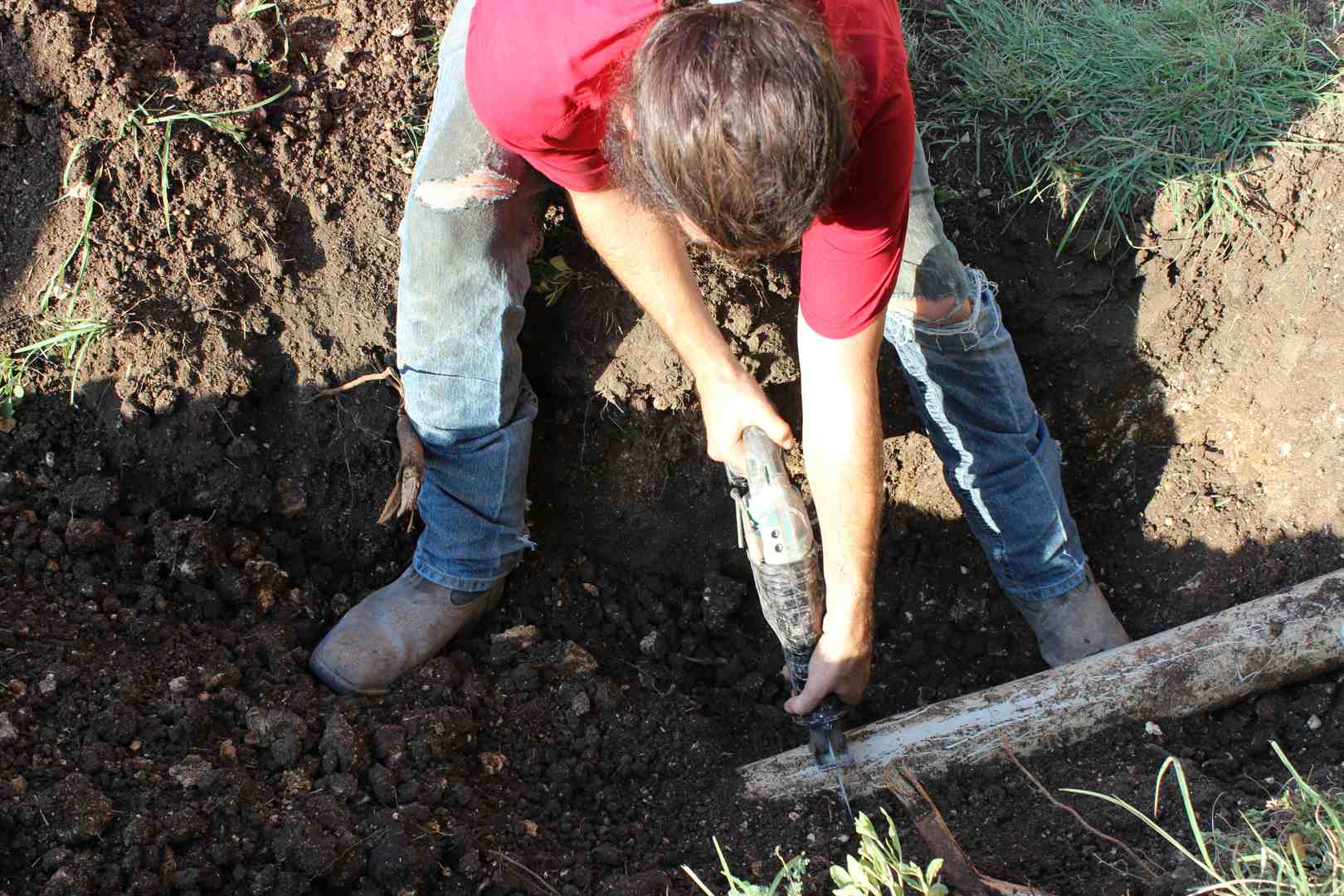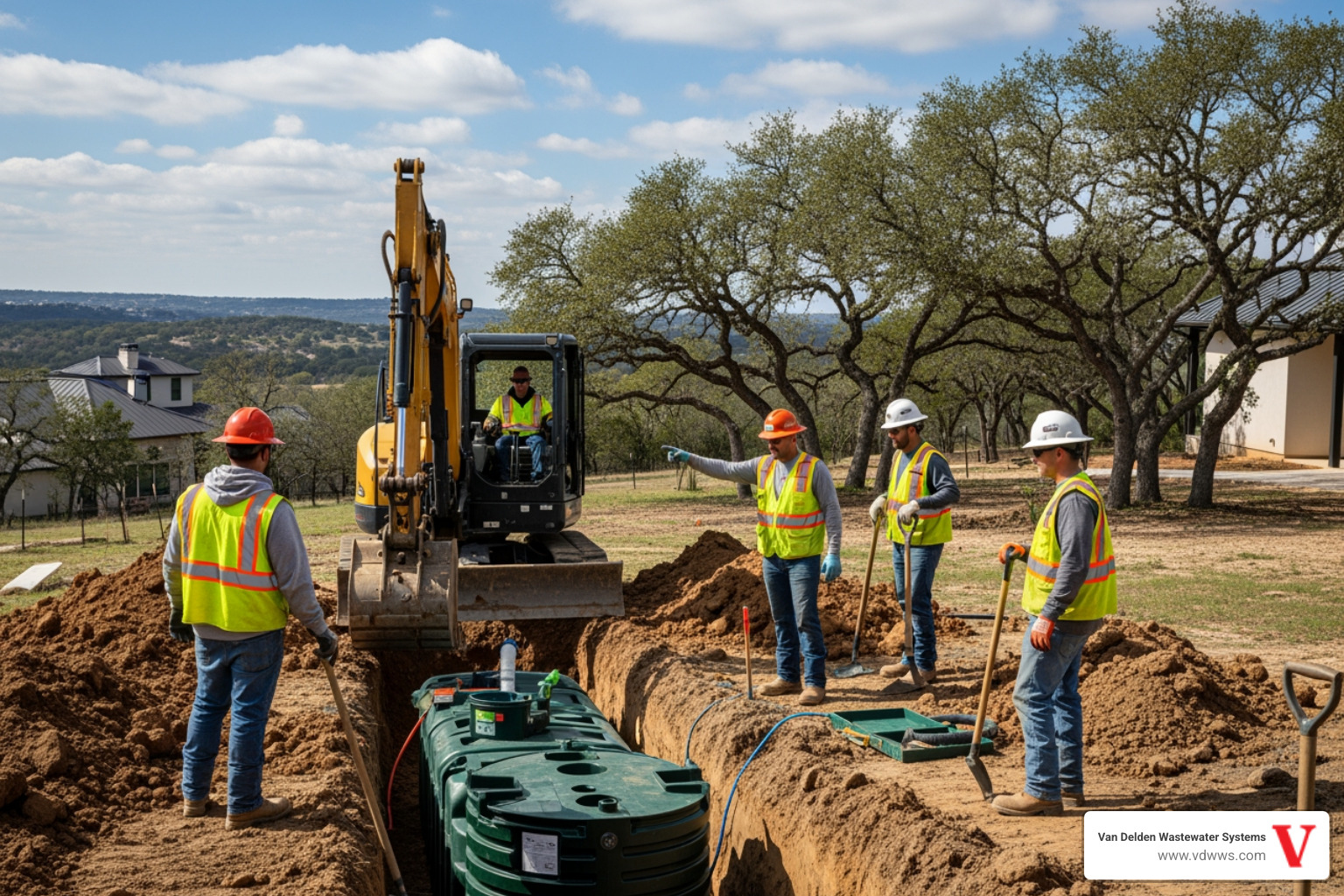Soil erosion in a drainfield doesn’t just happen overnight. It builds up gradually, often with subtle warning signs, and before long, you’re dealing with serious problems like wastewater surfacing, slow-draining fixtures, or damage to your yard. In San Antonio, this issue can crop up unexpectedly, especially during the summer months when rainfall patterns change and yard usage increases. A weak or compromised drainfield has a harder time processing wastewater, making the system as a whole less efficient and more prone to breakdowns.
Most homeowners don’t think much about the area around their drainfield, but several everyday habits can contribute to the problem. From the way water flows across the yard to basic landscaping decisions, even minor details can affect whether your system performs well or struggles to keep up. Knowing what triggers soil loss and managing those variables early on is the key to avoiding costly repairs or full system replacements later.
Common Causes Of Drainfield Soil Erosion
Several factors can lead to soil erosion around your drainfield, but three are especially common in residential settings across San Antonio. Routine care and awareness of these common triggers can go a long way toward maintaining your septic system’s performance.
1. Excessive Water Use
Too much water entering your septic system can oversaturate the drainfield and displace the soil. This can happen when you're doing several loads of laundry back-to-back or running sprinkler systems regularly over the drainfield area. When the soil becomes too wet, it loosens and becomes easier to wash away.
2. Improper Drainage or Landscaping
Poor yard design can direct rainwater and runoff toward the drainfield, increasing erosion risks. Steep slopes without ground cover or hardscaping like patios or walkways placed too close to the drainfield can push water where it doesn’t belong. One San Antonio homeowner noticed water pooling every time it rained. It turned out a gutter downspout had been redirecting stormwater directly onto the drainfield for years, gradually wearing away the soil and affecting both the surface and subsurface components.
3. Heavy Rainfall
During summer, intense downpours are common in San Antonio. If your yard lacks proper grading or coverage, stormwater can wash soil away layer by layer. Over time, this can expose the underlying drain lines or cause puddling, both of which interfere with your system’s function.
Identifying Signs Of Soil Erosion Around The Drainfield
Spotting drainfield erosion early isn’t always simple, especially since the signs can be mistaken for other yard or plumbing issues. But there are several clear indicators that suggest soil is being displaced or saturated beyond normal levels.
Watch for the following:
- Puddles or water pooling above the drainfield, particularly after usage or rain
- Vegetation near the drainfield turning yellow or dying, even though the rest of the lawn looks healthy
- Depressions, low spots, or uneven ground forming across the area
- Strong sewage odors or slower drains appearing inside your home
These symptoms point to a drainfield that’s no longer dispersing wastewater correctly. Erosion not only weakens the soil—it can damage the pipe network and distribution lines, causing performance issues or entire system failure. Quick action can prevent deeper structural problems and restore normal function.
Preventive Measures to Avoid Drainfield Damage
Preventing soil erosion around your drainfield in San Antonio doesn’t require major renovations. Small adjustments and routine habits can keep your system working as intended and reduce future problems.
One major tip is to spread out high-water-use activities such as showering, dishwashing, and laundry. Avoid bunching them all into one day. This gives your septic system time to manage flow evenly without oversaturating the drainfield. Also, check that all roof gutter downspouts are pointing away from the drainfield rather than onto it.
The right landscaping can provide major benefits. Shallow-rooted grasses and ground covers help hold the topsoil in place. Deep-rooted trees or large shrubs should be planted far from the drainfield to reduce the risk of root intrusion. Be cautious with gravel, mulch, and landscape fabric directly over the drainfield—they may compact the surface and limit air exchange.
Here are a few more useful strategies:
- Grade the yard so excess water drains away from the drainfield
- Keep cars and heavy equipment off the drainfield to prevent compaction
- Fill in any low spots with clean topsoil to prevent deeper pooling
- Repair any sprinkler system leaks and avoid placing heads near the drainfield
- Use erosion control blankets on bare patches to reduce water runoff
All of these practices help maintain a stable top layer, allowing wastewater to filter into the ground naturally. They also reduce the chances of overloading the system and prevent visible damage.
How Professional Drainfield Cleaning Helps in San Antonio
Even with good habits in place, drainfields can still run into trouble. Over time, solids from the septic tank may reach the drainfield if the tank hasn’t been pumped when needed. These solids can clog the piping, reduce flow, and lead to surfacing water or erosion.
Routine cleaning of the drainfield by our professionals helps avoid those issues. When wastewater starts backing up or fails to absorb properly, water can begin collecting at the surface and gradually displace the top layers of soil.
Professional drainfield cleaning clears existing buildup and restores proper function. It also allows our technicians to check the full system for signs of damage such as sunken spots, clogs, or cracks that may go unnoticed from the surface. When those small problems are caught early, soil erosion can usually be minimized or avoided altogether.
Scheduling drainfield cleaning in San Antonio is especially important during rainy months when your system is under more pressure. Our professionals are trained to assess weak points before they become full-blown problems and suggest workable solutions based on your property layout.
Keeping Your Drainfield in Good Condition Year-Round
Maintaining stable soil over your drainfield supports the entire septic system. With regular upkeep and professional checks, San Antonio homeowners can avoid clogged lines, odors, surfacing sewage, or long-term property damage—all of which are signs of larger issues below the surface.
Paying attention to early changes in yard conditions can go a long way. Water pooling, dying grass patches, or minor dips can be your first clues. Addressing these concerns quickly, supported by routine drainfield cleaning and soil maintenance practices, helps keep the system functioning properly.
When the drainfield is in good shape, wastewater gets processed efficiently, your yard stays safer, and fewer repairs are needed. With the right care and attention, your septic system will remain in working order season after season.
If you're noticing changes around your drainfield, Van Delden Wastewater Systems recommends securing professional help to keep your septic system running smoothly. Our professionals provide reliable drainfield cleaning in San Antonio that helps prevent soil erosion and future septic issues. For a quick estimate or to book a service visit, please contact us today.
Customer Reviews
Peter was personable, professional and thorough. Highly recommend Van Delden. You might be able to find a cheaper company but not better!
On time. 100% professional, knowledgeable, and courteous. Very helpful and straightforward. That is the bar all businesses should strive for.
It has been a pleasure working with your company. Not only did y’all communicate very well but your workers were always polite! Thank you!
“I thank Van Delden for such prompt service. Honest people are hard to come by these days. I will certainly recommend Van Delden to anyone! Jesse is an upstanding young man and very nice to talk to. I thank everyone at Van Delden for taking such good care of me.”
This is just a note to thank you for explaining the problem with my system. You didn’t have to be so kind and I appreciate your good business ethics and time spent. In the future you will have mine in return!






